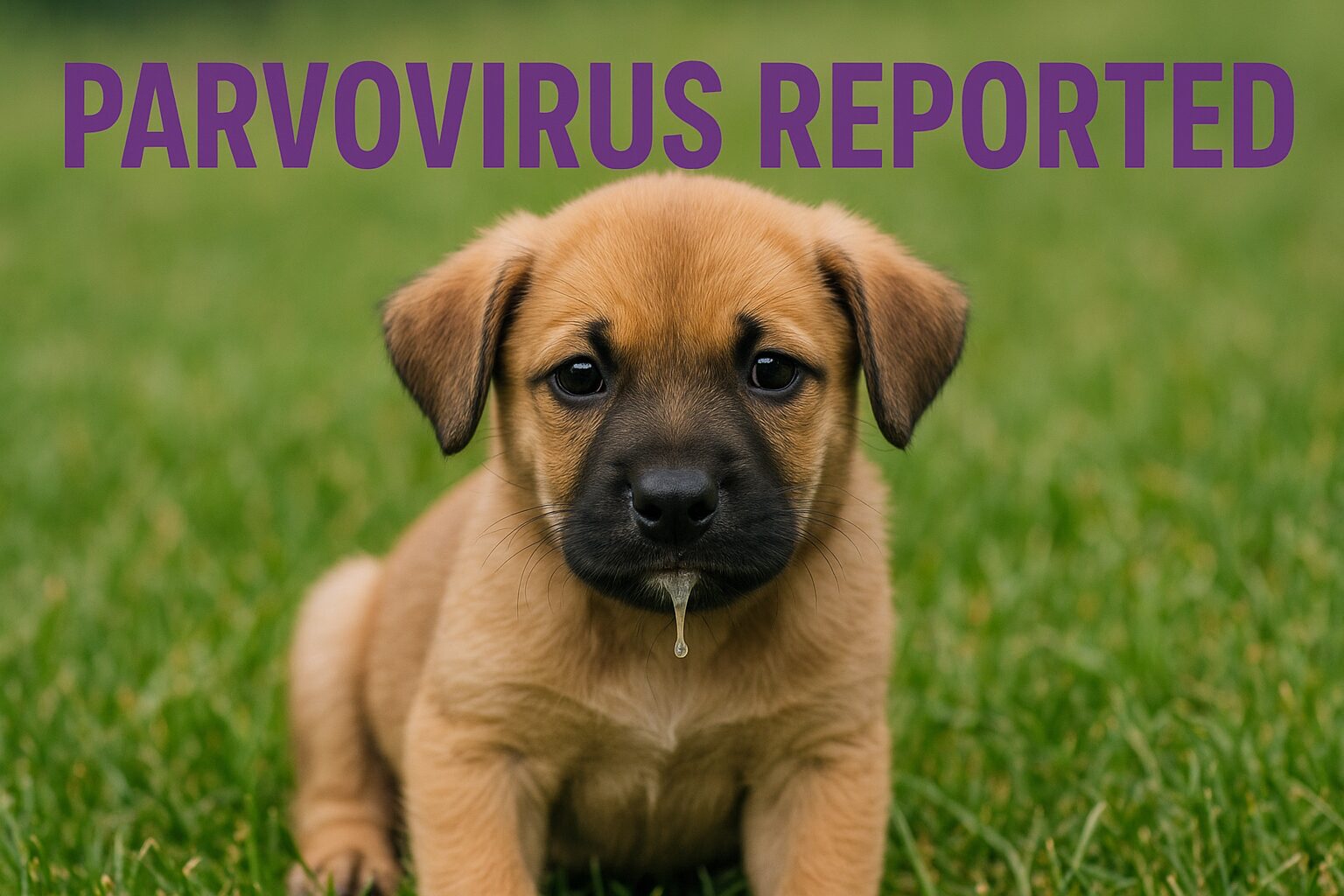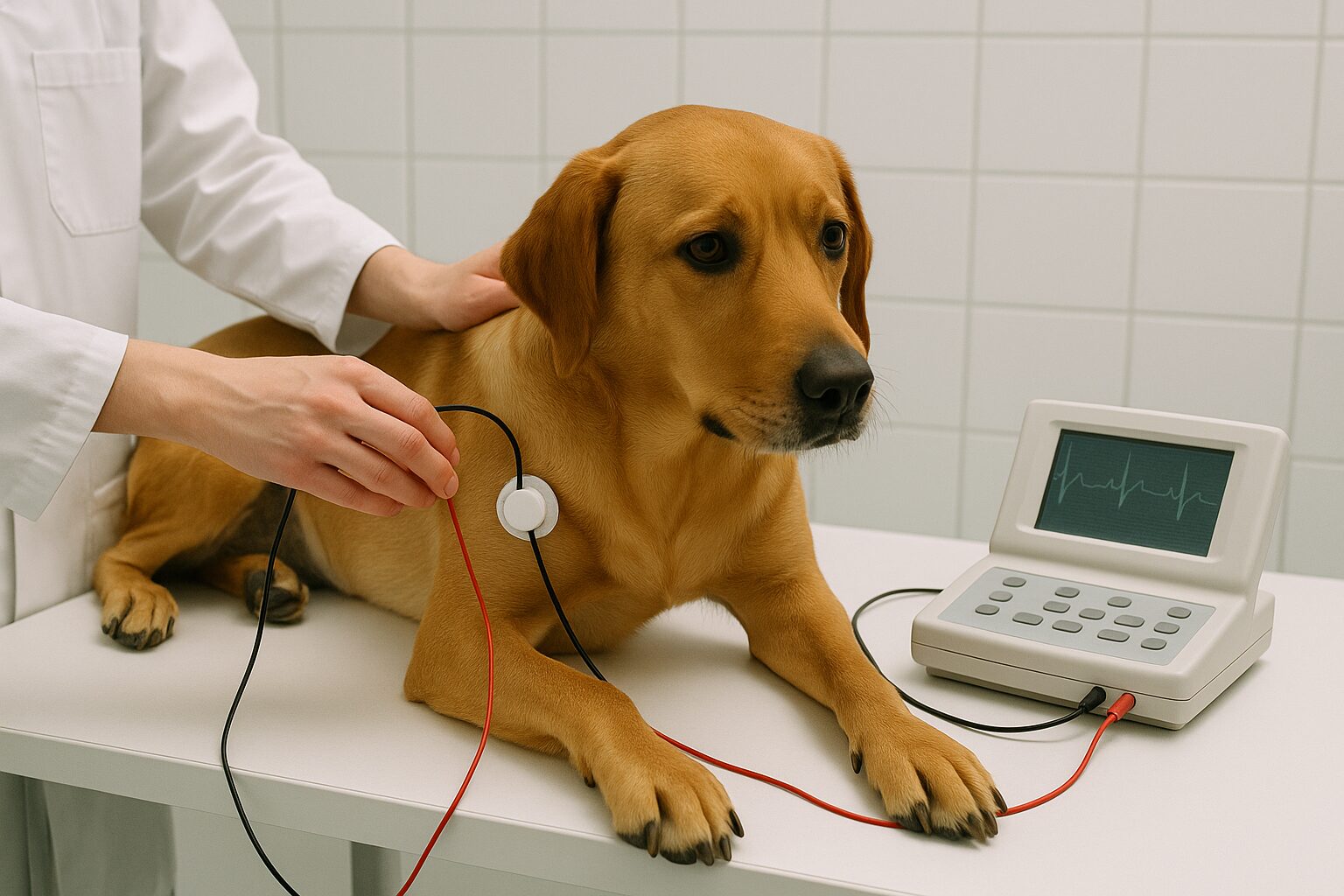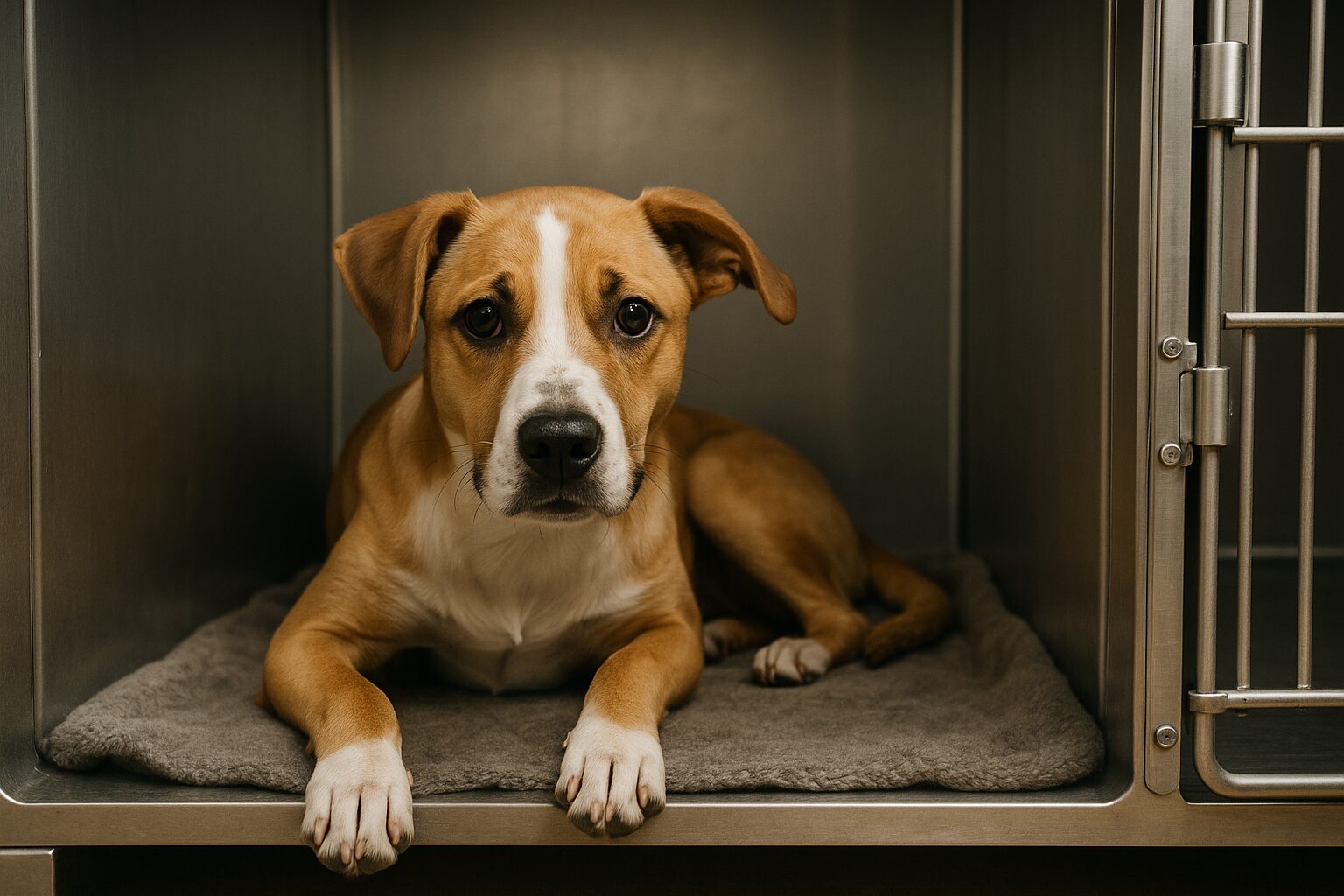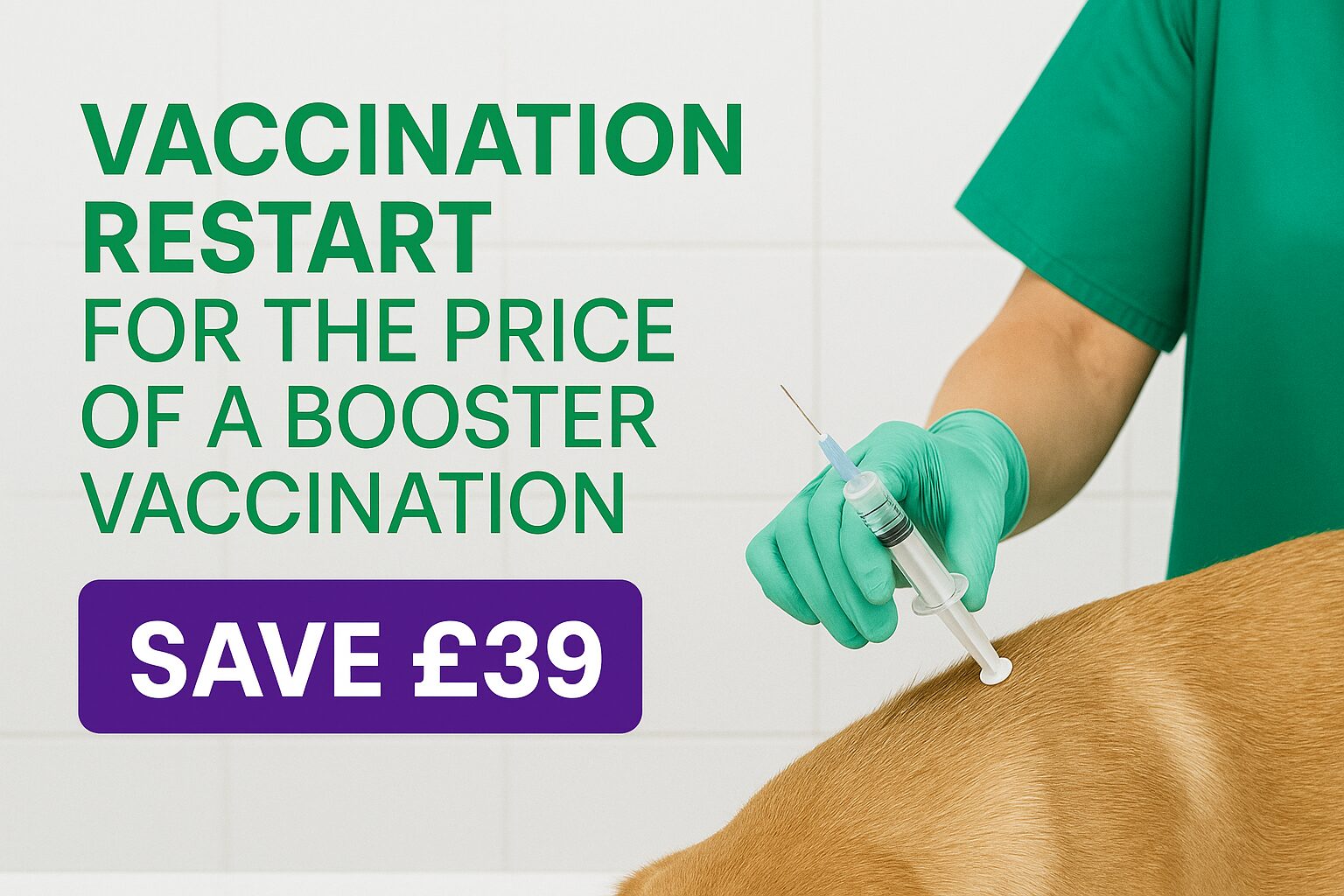
Parvovirus
Understanding Parvovirus in Dogs: Symptoms, Treatment, and Prevention
Parvovirus is one of the most feared illnesses among dog owners and veterinarians alike. This highly contagious and potentially fatal disease affects dogs of all ages but is especially dangerous for puppies and unvaccinated pets. Knowing how it spreads, recognizing the symptoms, and acting quickly if your dog becomes ill can make the difference between life and death.
In this blog, we’ll explore what parvovirus is, the symptoms to watch for, how it’s treated, and most importantly, how you can prevent your pet from contracting it.
What is Parvovirus?
Canine parvovirus (often shortened to “parvo”) is a viral illness that primarily attacks a dog’s gastrointestinal tract. Once infected, the virus multiplies rapidly, damaging the lining of the intestines and making it extremely difficult for the dog to absorb nutrients. This damage also leads to severe fluid loss and leaves the dog vulnerable to secondary infections.
The disease spreads very easily. Dogs can contract it through direct contact with an infected dog or indirectly from contaminated objects such as food bowls, shoes, or even the ground where the virus can survive for months. Because of its persistence in the environment, parvovirus outbreaks can be difficult to control.

Symptoms of Parvovirus
Recognizing the early signs is essential. The disease progresses quickly, and without prompt treatment, many dogs will not survive. Some of the most common symptoms include:
Severe vomiting – Often frequent and difficult to control.
Diarrhoea, often bloody – A key indicator of intestinal damage.
Lethargy and weakness – Dogs may seem unusually tired or unresponsive.
Loss of appetite – A sudden refusal to eat or drink.
Rapid weight loss – Due to fluid loss and poor nutrient absorption.
Dehydration – Sunken eyes, dry gums, and skin that doesn’t spring back when gently pulled.
If you notice any of these symptoms in your dog, seek veterinary attention immediately. Parvovirus can become life-threatening within 48–72 hours.
How is Parvovirus Diagnosed?
Veterinarians can usually diagnose it through a combination of clinical signs and rapid diagnostic tests that detect the virus in a dog’s stool. Blood tests may also be performed to check for low white blood cell counts, which are common in infected dogs. Quick and accurate diagnosis allows treatment to begin right away, improving the dog’s chances of survival.
Treatment for Parvovirus
Unfortunately, there is no direct cure for parvovirus. Treatment focuses on supporting the dog’s body while it fights the infection. This often involves:
Hospitalization – Most dogs with parvovirus require intensive care in a veterinary hospital.
Intravenous fluids – To combat dehydration and electrolyte imbalances.
Medications – Anti-nausea drugs, antibiotics to prevent secondary infections, and sometimes antiviral drugs.
Nutritional support – Helping the dog maintain strength during recovery.
Even with aggressive treatment, this disease can be fatal. Survival rates vary depending on how quickly treatment begins, the dog’s age, and overall health. Puppies and unvaccinated dogs are at the highest risk.

Preventing Parvovirus
The good news is that parvovirus is largely preventable through vaccination. Puppies typically begin their vaccine series around six to eight weeks of age, with boosters every three to four weeks until they are at least 16 weeks old. Adult dogs should receive regular boosters as recommended by their veterinarian.
In addition to vaccination, practicing good hygiene helps reduce the risk of exposure. Wash your hands after handling other dogs, disinfect surfaces, and avoid taking puppies to high-traffic areas like dog parks until they are fully vaccinated.
🔹 Special Offer: Protect Your Dog Today
We understand how important your dog’s health is and want to make prevention as easy as possible.
✨ Vaccination restart for the price of a booster vaccination – October 2025 ✨
If your dog has fallen behind on vaccines, now is the perfect time to get back on track. This limited-time offer helps ensure your pet has the best protection against parvovirus and other preventable diseases. Contact our clinic today to schedule your appointment!
You do not need any special codes, we will automatically apply the discount to dogs with lapsed vaccinations. Offer only valid throughout October 2025.

Why Acting Now Matters
Parvovirus isn’t just a distant risk—it’s a very real concern in our community. Recently, there have been reported local cases, reminding us just how quickly and dangerously this disease can spread. Waiting to vaccinate puts your dog at unnecessary risk.
Prevention through vaccination is far less costly, stressful, and heart-breaking than attempting to treat an already infected dog. By vaccinating, you’re not only protecting your own pet but also helping to reduce the spread within the local dog population.
Final Thoughts
Parvovirus remains one of the most dangerous threats to canine health, but with proper awareness and prevention, it doesn’t have to be a death sentence. Understanding the symptoms, seeking immediate treatment when necessary, and keeping your dog’s vaccinations up to date are the best ways to protect your beloved companion.
Don’t wait until it’s too late—schedule your dog’s vaccination today and take advantage of our special offer. Together, we can keep parvovirus from harming more dogs in our community.
